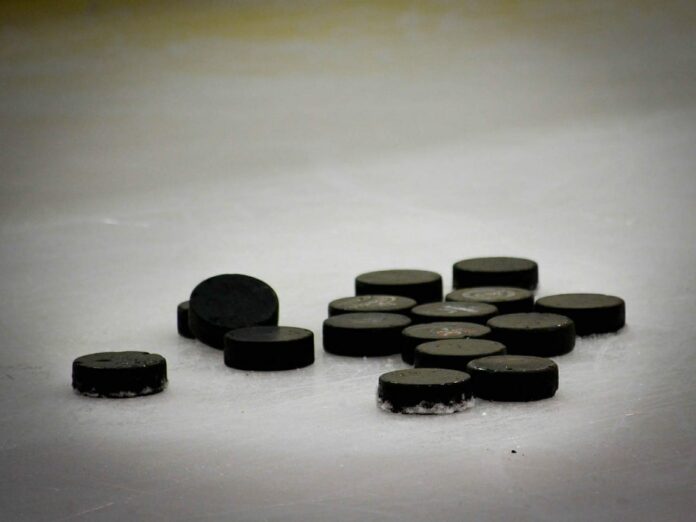In the shadow of today’s professional teams and packed arenas, the story of British ice hockey’s beginnings is often overlooked. Long before television deals and international championships, the sport was nurtured by small groups of passionate players and enthusiasts. These early clubs played on frozen lakes and hand-built rinks, armed with little more than determination and homemade equipment. They formed the foundation for everything the sport has become in the UK, yet modern fans mostly forget their names.
Ice Hockey’s Changing World
Ice hockey today is deeply connected to digital platforms, live broadcasts, and fan engagement tools. Supporters can track scores in real time, watch games from anywhere, and interact with statistics and commentary at the tap of a screen. Some even follow their favourite teams through some of the best betting sites in the world, which provide features such as live odds, match previews, and bonus offers that add a new layer of excitement.
For early British players, this level of access would have seemed like science fiction. Their concerns were far more basic, like finding a frozen surface to skate on, sourcing equipment, and encouraging others to join a game that few had heard of. They played not for crowds or rewards, but for the simple joy of competition and community.
Virginia Water Hockey Club
One of the first known clubs in Britain was the Virginia Water Hockey Club, established in 1873 in Berkshire. Its founder, Harold Blackett, had a vision for the sport that went far beyond the winter traditions of casual pond hockey. The club played its first recorded match in 1879, using rudimentary equipment including bungs and ash wood sticks. While these materials might sound crude now, they represented a step toward the sport as we recognise it today. This version of the game was faster and more structured than the bandy-style hockey still popular in the Fens at the time.
By the 1880s, Virginia Water had become a leading club in the Metropolitan District. It wasn’t just a small local team, they were pushing boundaries. In 1891, a combined side from Virginia Water famously defeated the Bury Fen Bandy Club, a team thought to be unbeatable at the time. This clash of styles sparked interest in standardising rules, eventually contributing to the foundation of what would become a national approach to the sport. Though the club itself faded over time, its influence was long-lasting.
Niagara Ice Hockey Club
London’s Niagara Ice Hockey Club emerged in 1896 and was based at the Niagara Ice Rink, which was the first artificially frozen rink in the city. While it might seem modest by today’s standards, artificial ice was a luxury at the time and allowed games to be played more regularly. The club quickly gained recognition and became the first English club champions in 1898. Niagara’s rise came at a time when hockey was trying to find its place in a city already full of sports competition.
Prince’s Ice Hockey Club
Founded later in 1896, the Prince’s Ice Hockey Club was based at Prince’s Skating Club in Hammersmith. The team started off facing other London-based squads such as Niagara, along with military and coastal teams like Brighton and the Royal Engineers. They were competitive from the start and, by 1903, had entered Europe’s first known ice hockey league. Though they finished second, their involvement in that league made them one of the first British teams to play structured matches across the continent.
Princes went on to play international friendlies against clubs from France and Belgium. In 1908, they hosted a landmark game played under international rules. This was a sign that British hockey was no longer just a local pastime but part of a larger sporting world. The club’s forward-thinking approach and willingness to compete abroad helped introduce British teams to international standards, even before the formation of an official league structure across Europe.
Magdalen College School and Oxford
Though not a club in the traditional sense, Magdalen College School in Oxford had a significant influence on the sport’s early days. The school was one of the rare places in the region where hockey was played in an organised manner during the late 19th century. It served as a gateway for young players, many of whom would go on to play for clubs or help form them. Major C.H.B. Shepherd, a key figure in Oxford’s sports scene, helped guide many into playing structured hockey, even officiating matches himself.
Conclusion
The early ice hockey clubs of Britain may no longer exist, but their stories still echo through the sport today. They laid the groundwork not just for future teams, but for the very idea that hockey could succeed in a country without natural winter rinks or a long-standing tradition in the game. Their resilience, creativity, and love for hockey deserve recognition. Understanding where the sport came from helps us appreciate how far it has travelled. The frozen lakes may be gone, and the crowds may be bigger, but the heart of British ice hockey still beats with the spirit of those early pioneers.





















